Since their invention hundreds of years ago, the skirt has taken on several forms as their length and fullness have changed. There are voluminous and figure-hugging skirt styles. Skirts can alter the hemline or draw attention to a waist.
1. A-Type Skirt

An attractive skirt option, the A-line skirt gently widens out from the waist and does not cling to the hips. Its flared shape allows it to walk easily without the need for side or back slits. Since A-line skirts are typically fitting at the waist, they require shaping, such as darts or a waistband with a gentle curve. One can choose a high, low, or even elasticized waistline.
2. Bubble Skirt
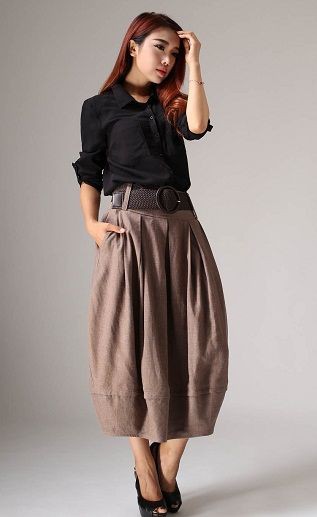
The fabric of the hem is gathered onto a band rather than being turned up, which causes the bubble skirt to puff out at the hem. For the top of the skirt to “bubble” over the band, this band is kept underneath the skirt.
These skirts require a lot of fabric because they are two skirts in one: the gathered part on the outside and the straight skirt underneath. Rather than being a wardrobe staple, these are the kind of trendy item that tends to come and go. Because any lengthier adds a lot of volume to the skirt, bubble skirts are typically cut above the knee.
3. Box Pleated Skirt
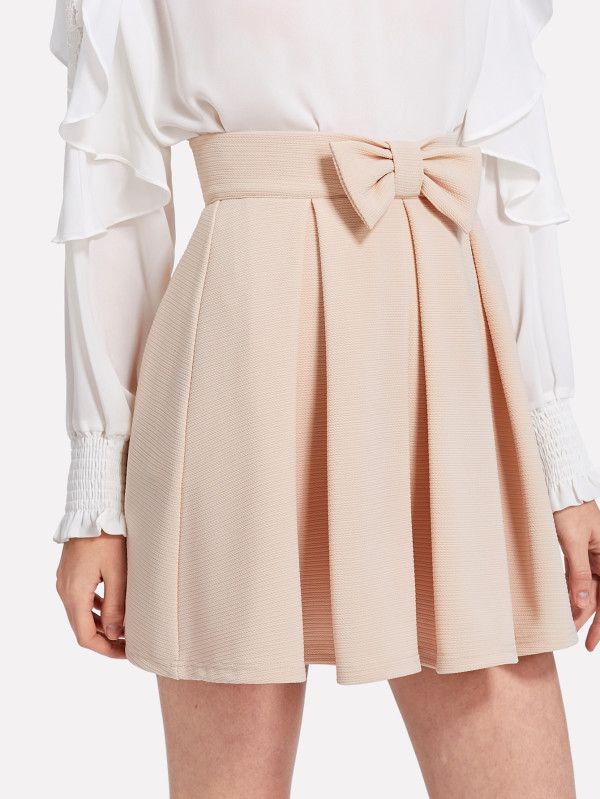
One variant of the pleat style of skirt is the box pleat skirt. To create a box pleat, simply let the pleat’s two folds collide to produce the pleat’s box portion. The skirt is covered in pleats in the same design. To give the skirt volume and shape, box pleat skirts are frequently made of heavier materials.
4. Asymmetrical Skirt
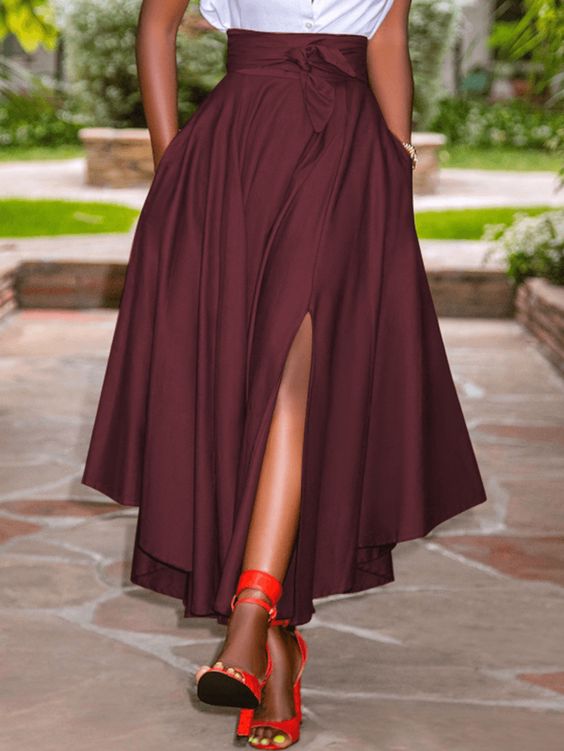
The asymmetrical lines produced by the fabric’s cut and the varying hem levels are key components of this skirt’s design. Typically, an asymmetrical skirt is cut diagonally across the torso, with one side being shorter than the other. This is not the same as a high-low skirt, which has asymmetrical front and back panels.
5. Cowl Skirt
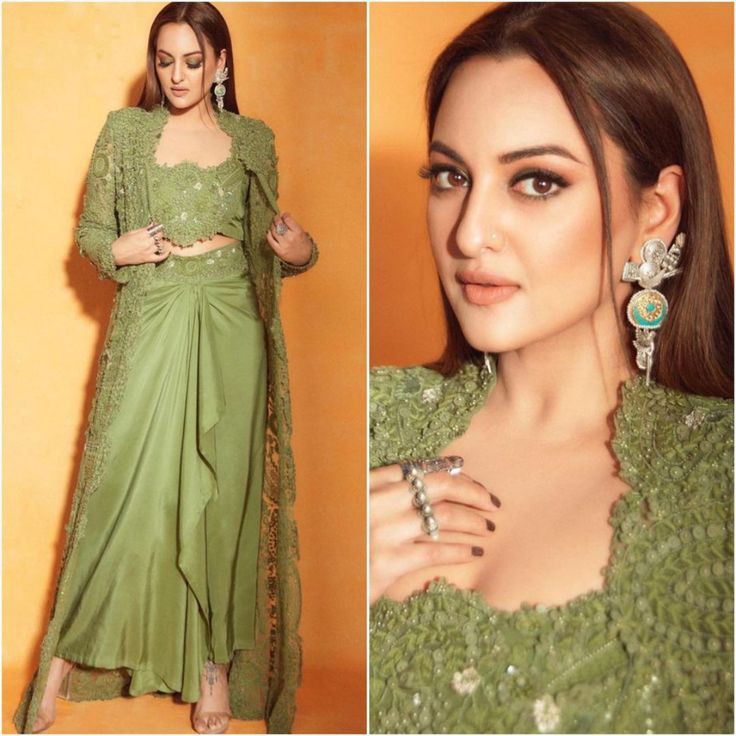
The area just below the waistband is made fuller by the cowl skirt. Cutting curved lines from the three spots on your skirt pattern that are marked will give the fullness. After marking the curve and the required spots, make the necessary cuts and adjustments.
When the curve is expanded out, it gives the design more volume and produces folds that hang down the sides of the skirt. The cowl skirt looks good with flowing, soft fabrics.
6. Flourishing Skirt
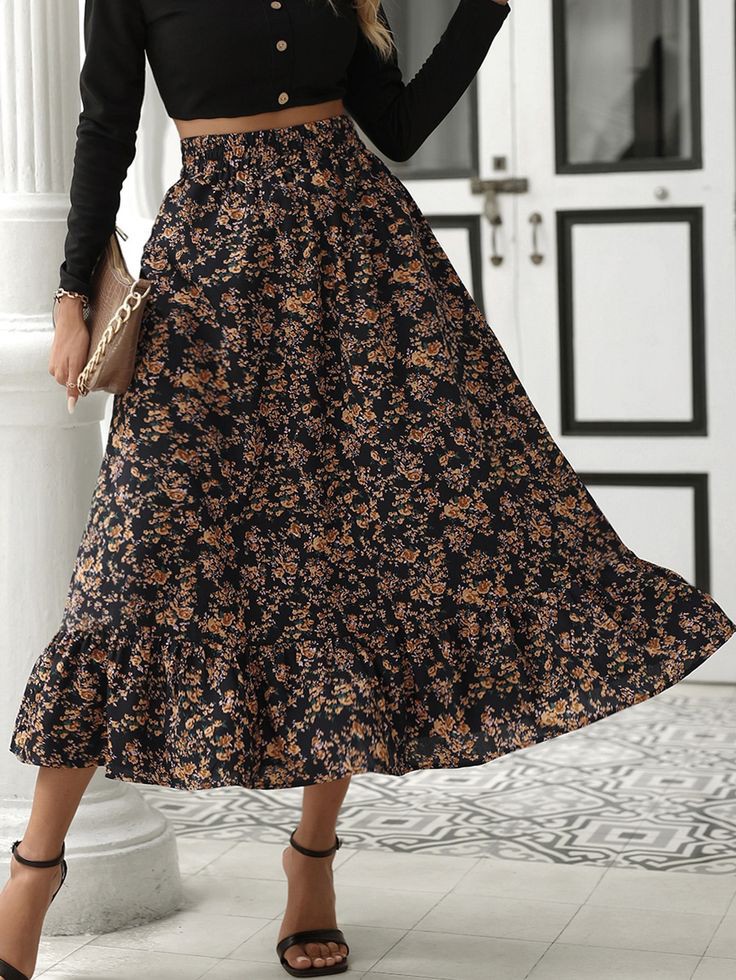
The tailpiece of a mermaid or fishtail skirt stretches out at the bottom, giving the wearer an hourglass figure.
These kinds of skirts are frequently used for wedding dresses, where the back becomes a short or very long train. To highlight this style, mermaid skirts work best when worn with a fitted bodice. They also work well for hourglass shapes.
7. Miniskirt
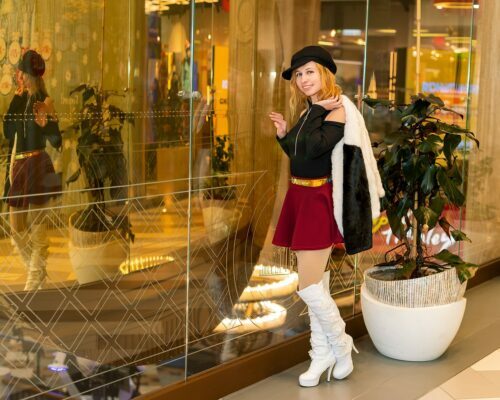
A famous skirt from the 1960s that is, as the name suggests, quite short. Mary Quant, a dress designer, popularized this skirt. Since it requires so little fabric, it is inexpensive to make. Although generally fitting, miniskirts can also be
8. Pencil Skirt
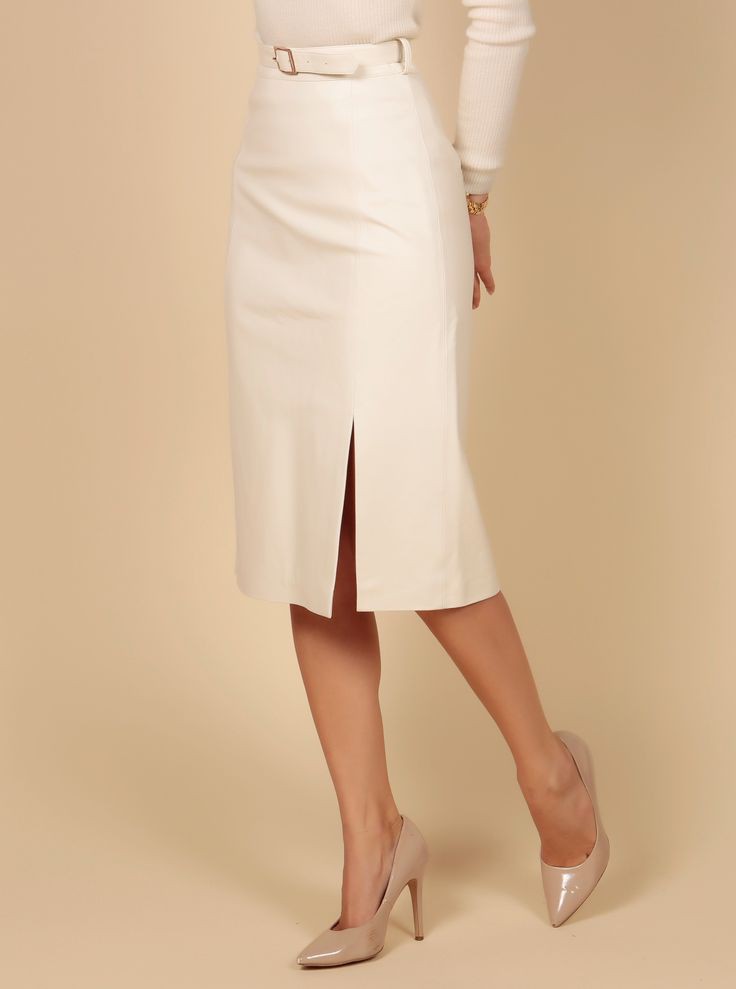
In the corporate and professional spheres, pencil skirts have emerged as the preferred choice for women. When these skirts are laid flat, they create a rectangle and are cut straight to the appropriate length. At the knee, some people may also taper inward.
Generally, if it’s not constructed of stretch fabric, a slit at the side or back will be required. They can be very difficult to walk in without a slit, particularly when wearing heels.
Thanks for visiting
Images credit Pinterest
By Komal
Recommended3 recommendationsPublished in Uncategorized




